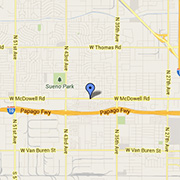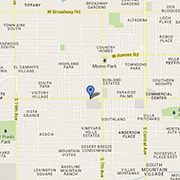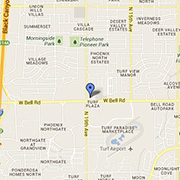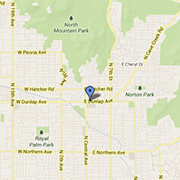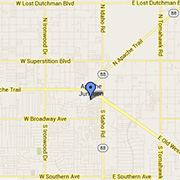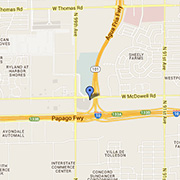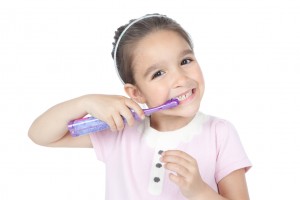 You may think that all toothbrushes are cut from the same cloth but there are actually several different factors that come into play when producing and purchasing a toothbrush. Your toothbrush is an effective tool that keeps your teeth pearly white but also combats bacteria that create tooth decay and gum disease.
You may think that all toothbrushes are cut from the same cloth but there are actually several different factors that come into play when producing and purchasing a toothbrush. Your toothbrush is an effective tool that keeps your teeth pearly white but also combats bacteria that create tooth decay and gum disease.
Shape
The shape of your toothbrush head can mean the difference between being plaque-free and having a mouth teeming with bacteria. In a three-month study, it was discovered that electric brushes with round, rotating, heads are 11% more effective in removing plaque than manual brushes. However, the ADA does recommend manual toothbrushes with a tapered head for individuals with narrow mouths.
Whether you go electric or manual, the most important thing is that you simply brush!
Size
Toothbrushes come in all sizes and shapes. Big brushes may seem like the obvious choice but they can also miss plaque buildup in tight spots and areas in the back of the mouth. Children, obviously need to utilize small toothbrushes.
Bristles
Not all bristles are built the same. If you have the opportunity, always try to purchase a brush that has soft or extra soft bristles. Hard bristles typically don’t bend as well as their softer counterparts. This means that the brush is ineffective and can miss crucial areas beneath the gums and between the teeth. Hard bristles can also cause the gums to bleed unnecessarily
Handle
This is all about personal preference. Find a brush that easy to hold and you feel comfortable using for a couple months!
How Often Should You Replace Your Brush?
The easy answer is at least every four months. However, the best time to replace your toothbrush is whenever you notice the bristles of the toothbrush head are flared and they don’t standup straight. This could happen as quickly as 3 weeks or as long as 3 months.




